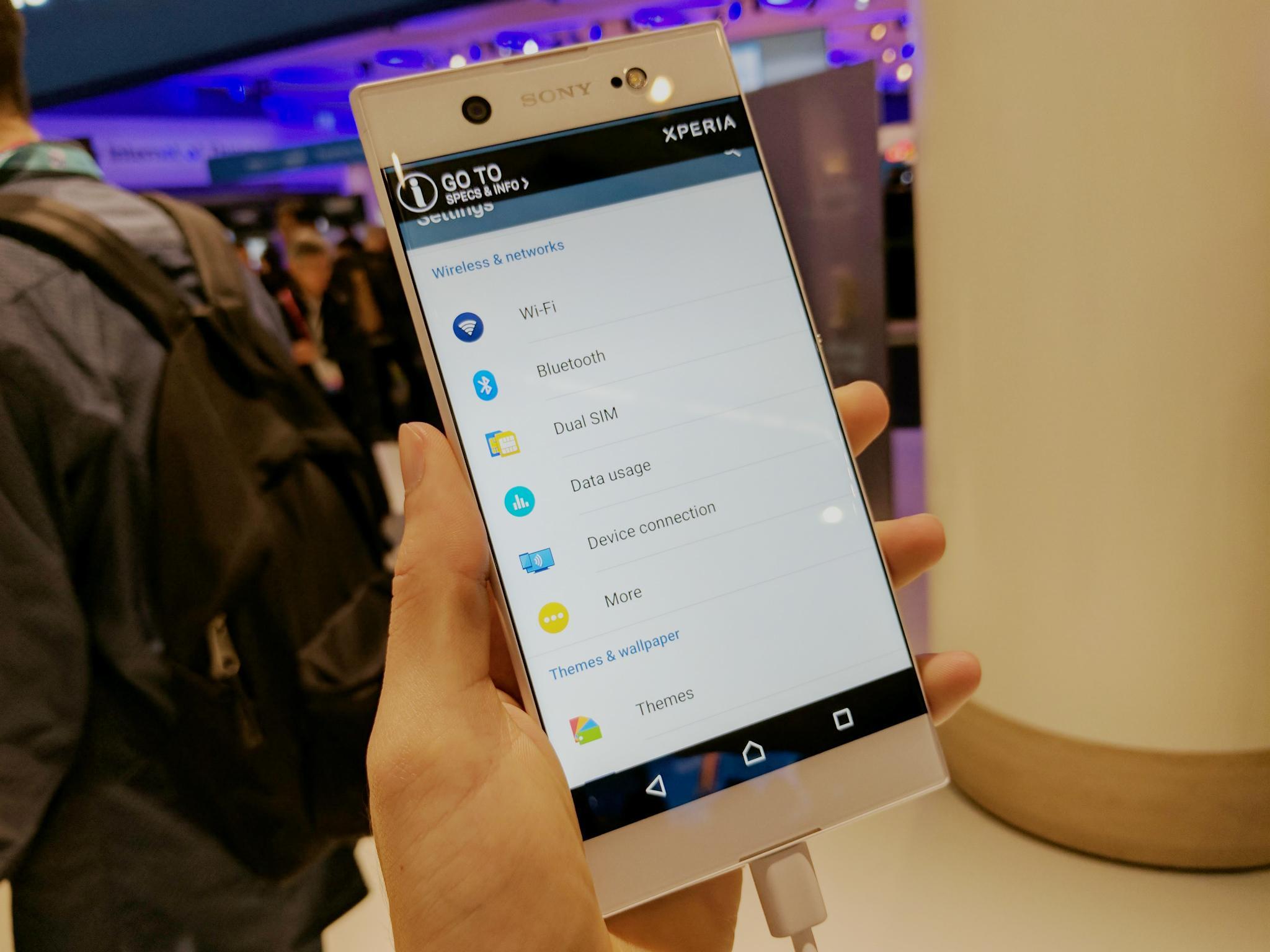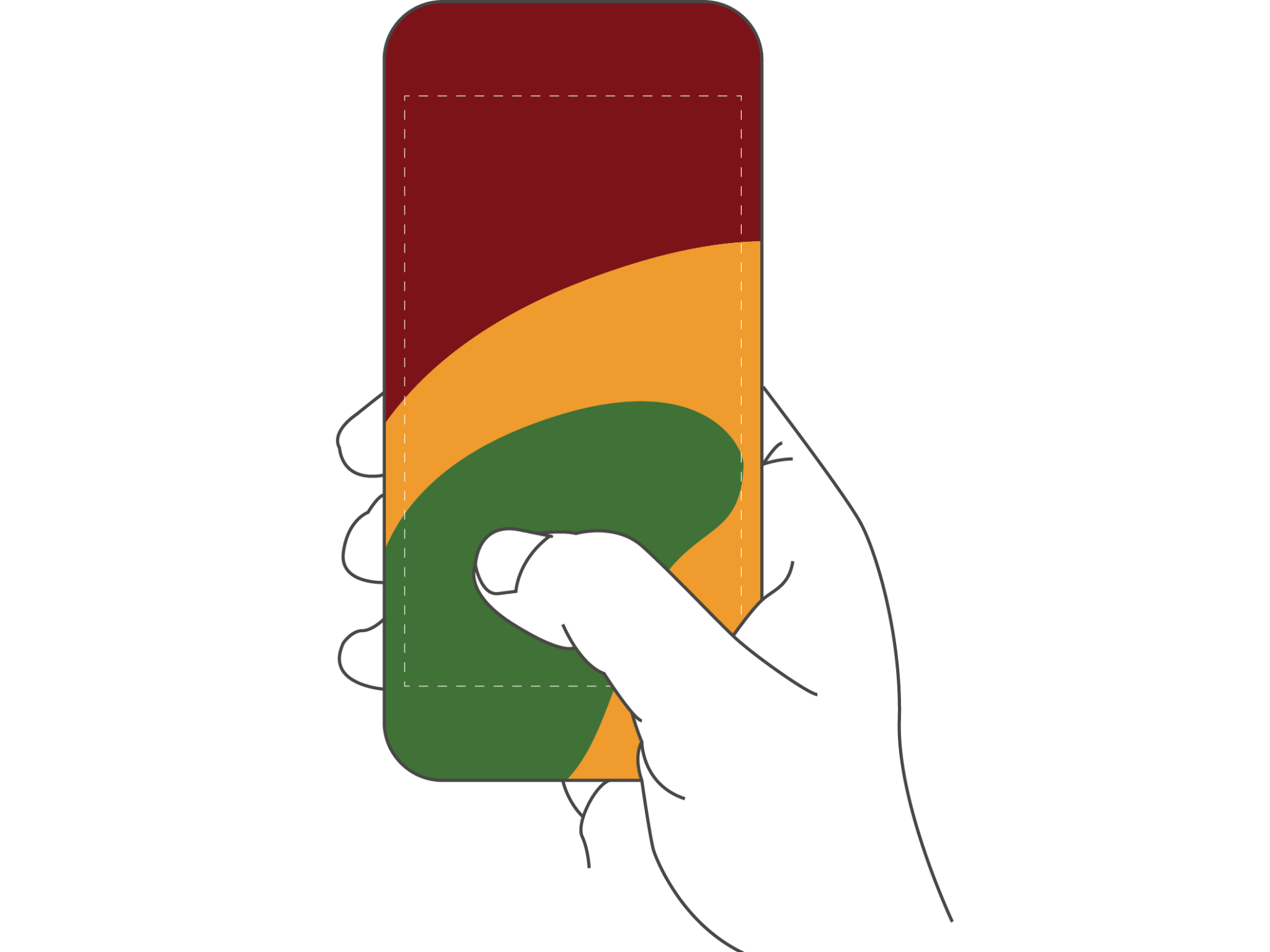2017’s major smartphone design trend will hurt your fingers and your wallet
Form over function

Bezels are the enemy. Ugly, useless, unwanted strips of non-screen that serve no purpose except for tainting your smartphone’s looks.
At least, that’s what the manufacturers want you to think.
The anti-bezel brigade has been particularly vocal in recent years, as it’s become clear that technology has improved to the point where ‘all-screen’ phones are actually possible.
The Xiaomi Mi Mix, unveiled last year, is oe of the most extreme examples we’ve seen so far. The 6.4-inch smartphone has a screen-to-body ratio of over 90%, with only the tiniest border framing three of its display’s sides.

For comparison, the iPhone 7 and Samsung Galaxy S7 – two of the best handsets on the market – have a screen-to-body ratio of just over 65% and just over 70%, respectively.
The Mi Mix is certainly visually striking, with all the semblance of a phone ‘from the future’. Unfortunately, it’s not particularly practical.
That hasn’t stopped the likes of Sony, Huawei and, if all the leaks we’ve seen prove accurate, Samsung and Apple from adopting a similar, albeit less extreme, approach.
The Sony Xperia XA1 and Huawei P10 have launched with super-slim bezels, and the likelihood is that the upcoming Galaxy S8 and iPhone 8 will follow suit.
“From an ergonomic perspective, there is a real conflict with modern smartphones,” Dan Jenkins, a Fellow of the Chartered Institute of Ergonomics and Human Factors and research lead at DCA Design International, told The Independent.
“From a visual and cognitive viewpoint, large screens are great; they allow plenty of space for displaying content, while keeping text legible and buttons large enough for easy interaction. From a physical perspective, however, large screens pose some challenges.”
Consumers with small hands are particularly familiar with these. It can be tough to reach all parts of a large-screened phone comfortably and they can prove tricky to grip, especially if you happen to be standing on a bus, with one of your hands clinging to a pole for dear life.
“’Bezel-less’ phones have a clear advantage, as they offer the largest screen possible for a given phone size,” added Mr Jenkins. “However, they also introduce a number of challenges that need to be managed, such as inadvertent activation of the display, and over-extending the thumb to reach the very bottom of the screen.”
Companies are addressing the accidental activation issue with special software, but the sensation of inadvertently touching your screen with your palm still just feels wrong.
“Another thing to consider is the robustness of the phone. Moving the screen to the edges may make the screen even more likely to shatter if dropped. The edgeless design also complicates the design of the first-line of defence against dropping: the third-party protective case.”
Iain Murphy, the production director of smartphone case manufacturer Proporta, agrees with this last point.
“Yes, we think ‘edge-to-edge’ screens are more fragile, although the improvements in glass toughness are helping to counter this,” he said.
“Thinner bezels means there is less for the consumer to hold onto, so when we are designing the back shells, and taking into consideration how consumers hold their smartphones, we are looking for innovative ways of making this more secure, whilst also keeping access to all the important ports, buttons and switches.”

According to Mr Jenkins, the image above shows the “predominant posture” for smartphone use.
Users of smaller mobiles tend to maximise grip by supporting the corner of the phone with the palm of their hand.
“For larger phones, this creates a challenge in reaching the top part of the screen,” said Mr Jenkins. “One common response to this is for users to adopt a new grip, with their hand further up the phone.” This is demonstrated in the image below.

“This brings more of the screen area into reach. If the touchable area were to be extended downwards, users may be required to adopt a new posture to reach the bottom of the phone.”
The Mi Mix, Xperia XA1 and P10 all feature a relatively generous amount of grippable real estate below their screens, but reports suggest that the S8 and iPhone 8 will not. Samsung and Apple are expected to relocate the home button on their next flagships, in order to extend their displays downwards.
LG has already drastically trimmed the gap between screen and bottom edge with the new G6, but the company claims to have done it with ergonomics at the very forefront of its thinking.
Pennsylvania State University’s Dr. Andris Freivalds took centre-stage at one point during the handset’s launch to explain to the audience that the bottom bezel is well above 7.5mm thick, the magic number he recommended to LG at the end of his research into smartphone ergonomics.

No legitimate-looking images of the iPhone 8 have yet leaked, but those purportedly showing the Galaxy S8 raise alarm bells.
Adjusting your grip in order to reach the bottom of your smartphone can cause discomfort, which in turn can lead to injury. However, the dangers of this happening can only be accurately assessed through an extended period of use.
Unfortunately, Mr Murphy says the war against bezels could hurt consumers’ wallets, and not just because smartphone companies will invariably charge more for better-looking products, as Samsung already does with the Galaxy S7 and pricier Galaxy S7 Edge.
“Yes it does,” was his response after I asked him if the extra work required from case manufacturers could lead to higher prices.
“With costs going up in manufacturing for both skilled resource and materials, coupled with the Brexit exchange rate issue, costs are sure to go up for phone case manufacturers.”
Join our commenting forum
Join thought-provoking conversations, follow other Independent readers and see their replies
Comments
Bookmark popover
Removed from bookmarks